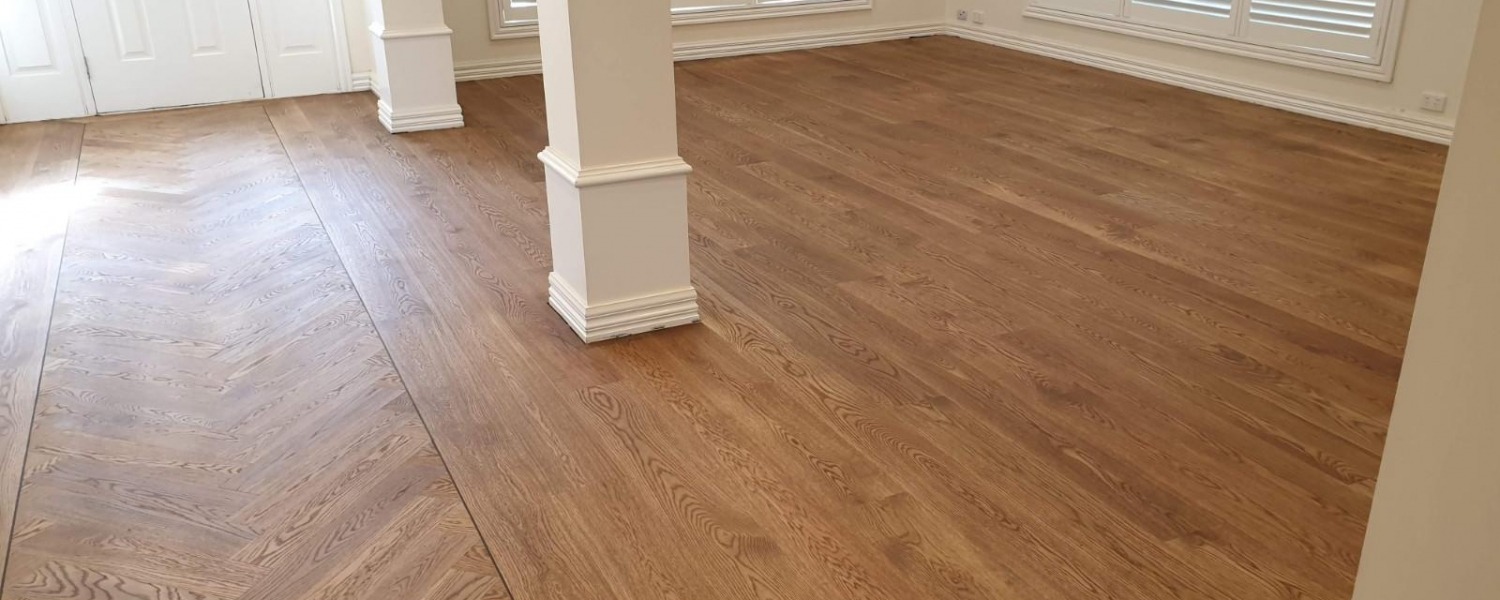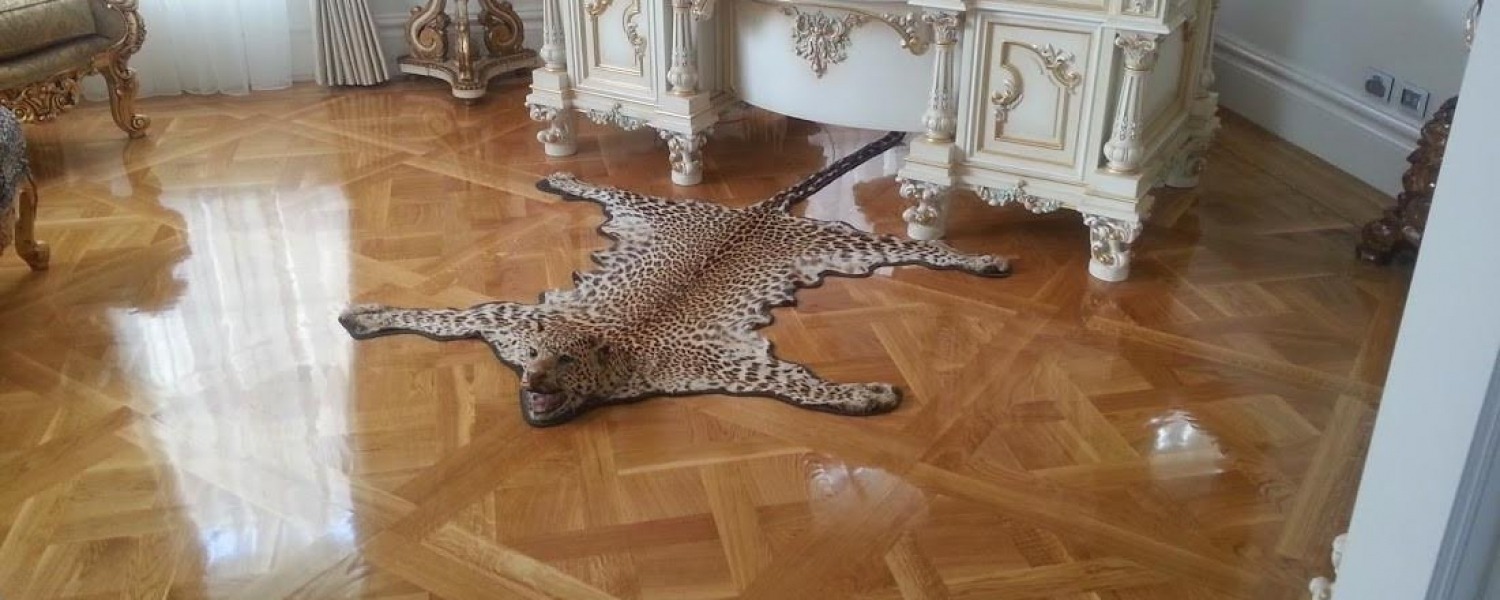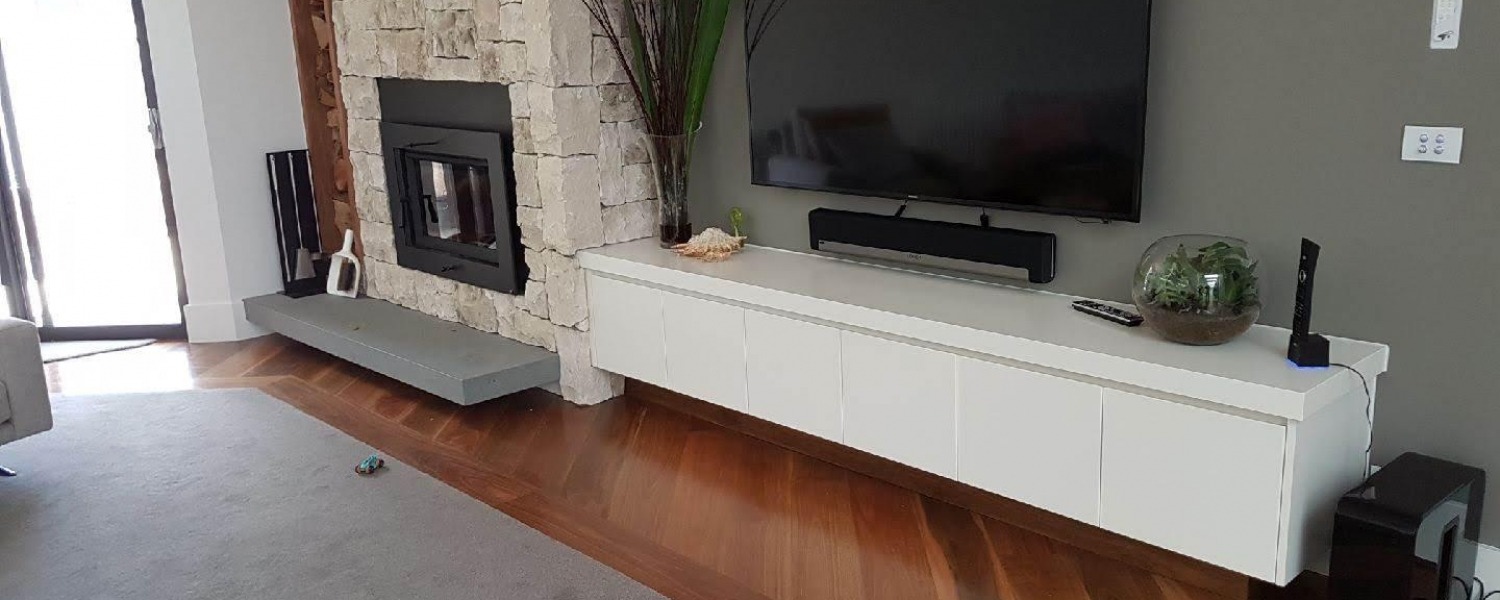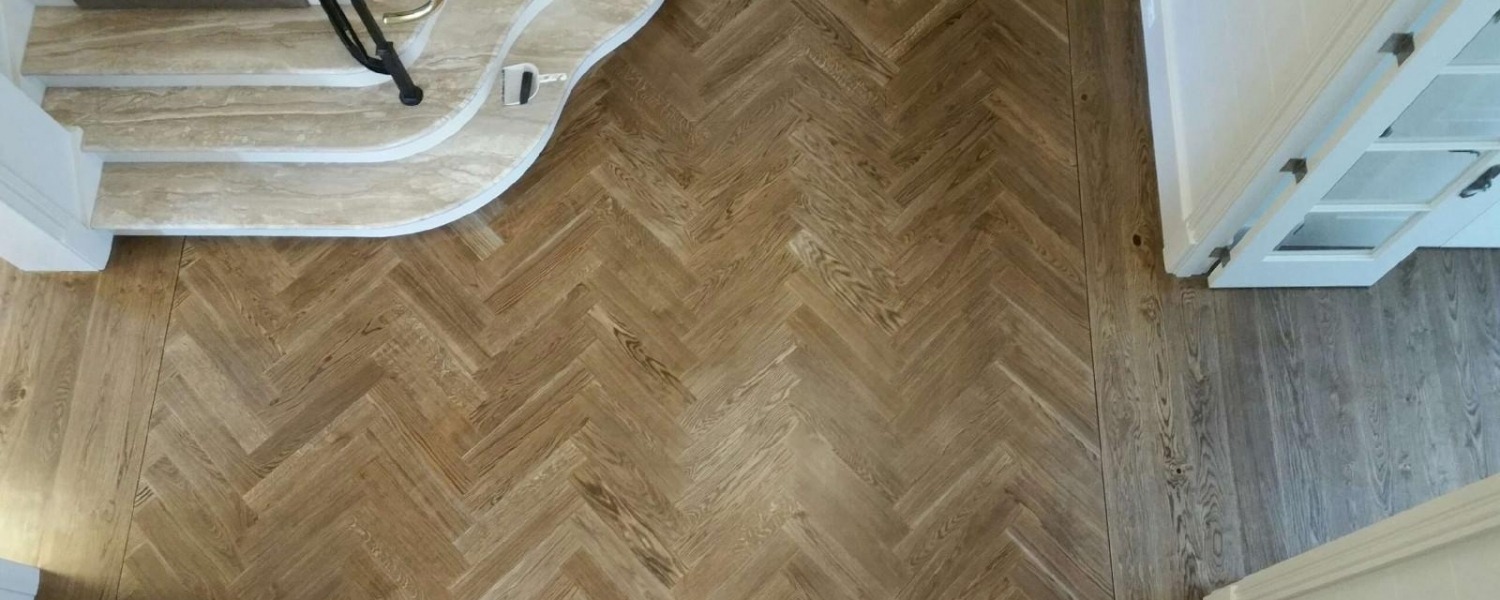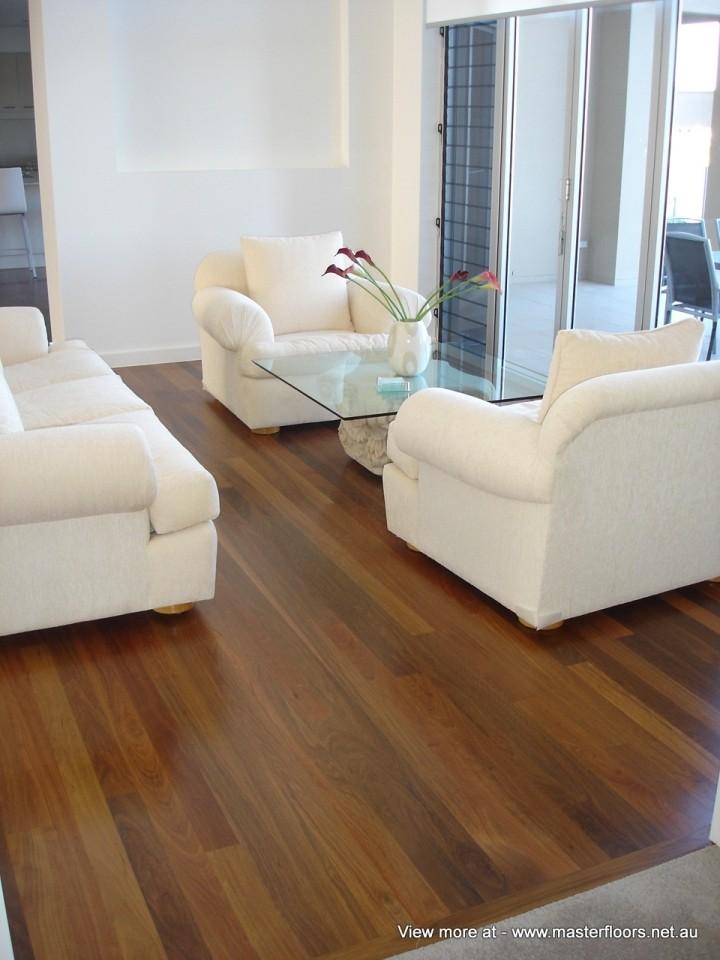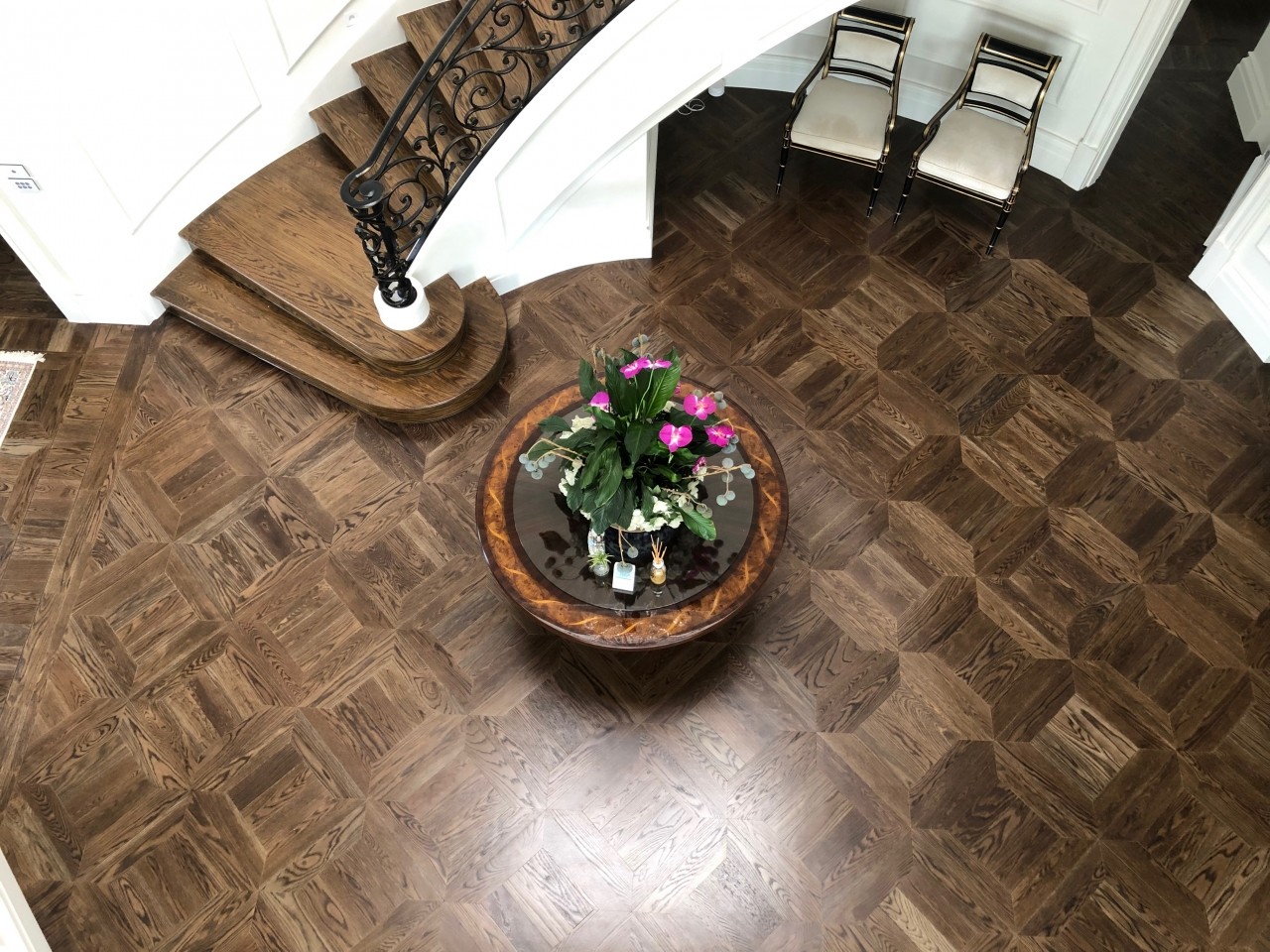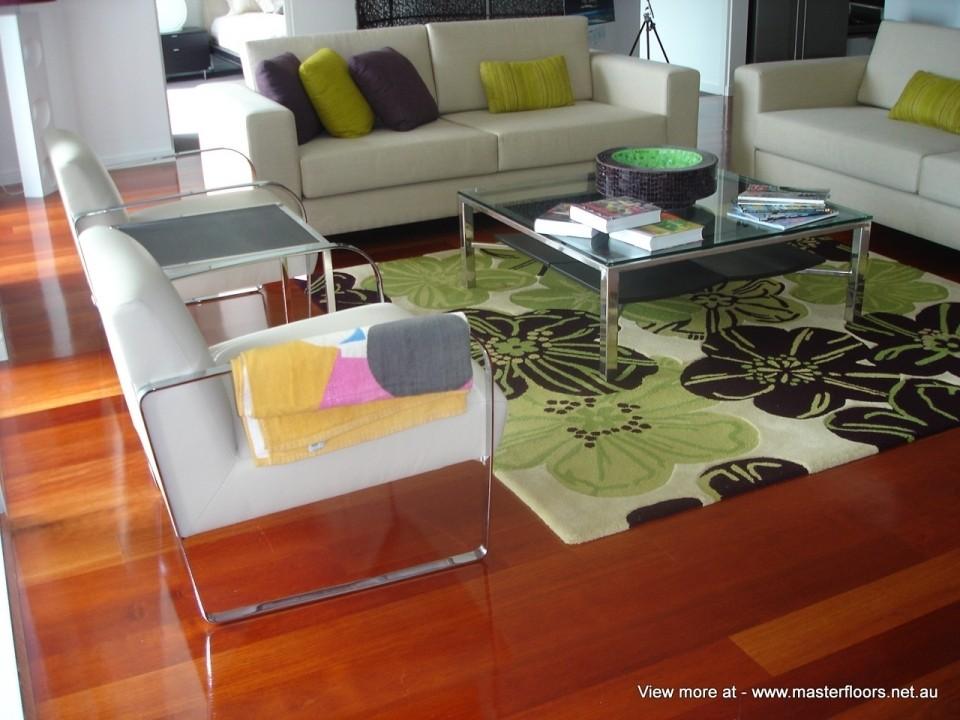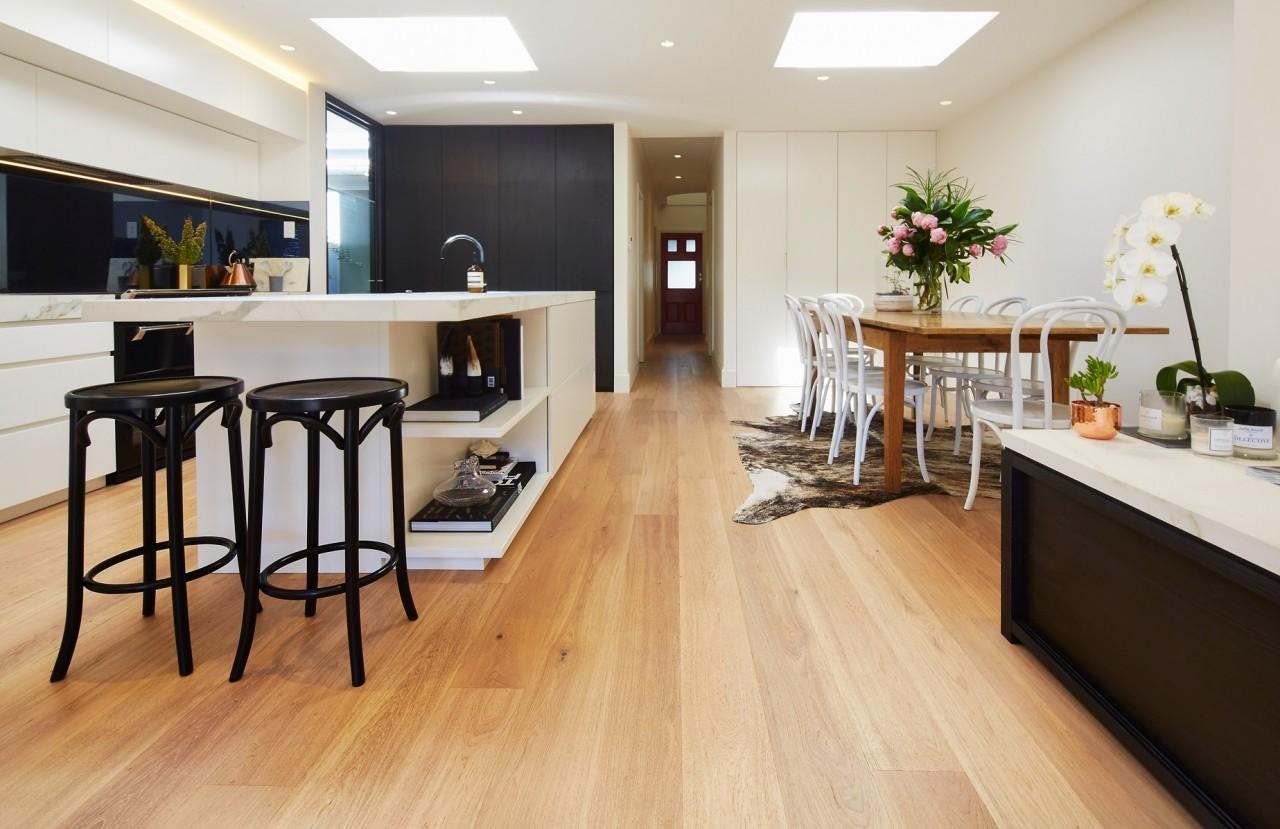- 03 9354 4717
- This email address is being protected from spambots. You need JavaScript enabled to view it.
- Mon - Fri 9:00:- 5:00 Sat 10:00 - 2:00
Spotted Gum
Botanical name | Corymbia maculata Corymbia citriodora Corymbia henryi | ||||||||
Origin | Spotted Gum grows in the coastal districts from the New South Wales/Victorian border region to Maryborough in Queensland. | ||||||||
Trading names | Spotted Gum Lemon-scented Gum | ||||||||
Appearance |
| ||||||||
General comment | Needs care in drying to reduce the risk of checking on tangential surface. Collapse is slight. Not hard to work. Satisfactory for steam bending if straight-grained material is selected. The unseasoned wood is somewhat corrosive to aluminium nails and screws. The high extractives content can be a problem with phenolic-type adhesives and spotted gum seems to be a little different from most other eucalypts in that the sapwood as well as the heartwood is affected. | ||||||||
Common uses | Heavy engineering construction, piles, poles, shipbuilding, agricultural machinery, flooring decking, plywood. It is the main Australian species for handles subject to high-impact forces (i.e. axe handles). | ||||||||
Properties (See notes below) | Hardness rating
Lyctid Susceptibility of Sapwood
Termite Resistance of Heartwood (inside above ground)
Marine Borer Resistance of Heartwood
Natural Durability Rating of Heartwood Above Ground
Natural Durability Rating of Heartwood In-Ground Contact
|
Density: 'Green Density' (GD) is the density of the wood at the time the living tree is felled. It varies considerably with the season, weather conditions, the age of the tree and so on; the quoted figure must therefore be accepted as a guideline only and when accurate green density figures are required for, say, assessment of transport costs, it is advisable to carry out accurate determinations on the materials involved.
'Dry Density' or 'Air Dry Density' (ADD) is the average density of the wood at 12 per cent moisture content. It too varies with conditions of growth, climate and maturity of wood.
There are published figures for both Green Density and Air Dry Density of most commercial species.
The figures given above have been rounded to the nearest 50.
Hardness rating: The hardness rating of a timber species is measured by the Janka Test. This is a standard test which measures the penetration into the timber of a common load and projectile. The results relate to a hardness capacity of the material and are expressed in kN. This information is useful where the timber may be subject to potential damage from impacts e.g. a dance floor. There are 2 sets of published figures; one for 'Green' or freshly felled timber and one for seasoned timber - i.e. timber with a moisture content of 12%.
The ratings given here are:
Soft - less than 5.5
Moderate - 5.5 to 7.0
Hard - 7.1 to 10.0
Very Hard - greater than 10.0.
Lyctid susceptible sapwood: Only the sapwood of some hardwoods is susceptible to lyctid borer attack. No softwoods are susceptible to attack.
Natural durability ratings: The natural durability rating of a timber species is a rating of the timber's resistance to attack by wood destroying fungi and wood destroying insects. The sapwood of all timber species has poor resistance and so the natural durability rating applies only to the heartwood of a timber species. The rating is based on the testing of stakes and poles embedded in the ground and on expert opinion of historical performance. There are 2 sets of ratings: one for above ground use and one for in-ground contact use. The lower the number the higher the performance in terms of durability. This information is useful for specifying material for external or exposed applications.
View More Pages
Monticello Parquetry by Masterfloors
by MasterFloors
Timber Flooring Gallery - By Masterfloors
by MasterFloors
French Oak
by MasterFloors
